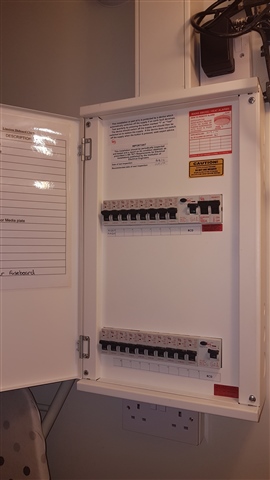In the wake of the new webinar on inspection and testing, is it still compliant to add a new circuit to an existing plastic consumer unit fitted with type A/C RCD protection and nothing else?
How much 'engineering judgement' leeway do I actually have?


